How to Write Simultaneous Dialogue in a Screenplay
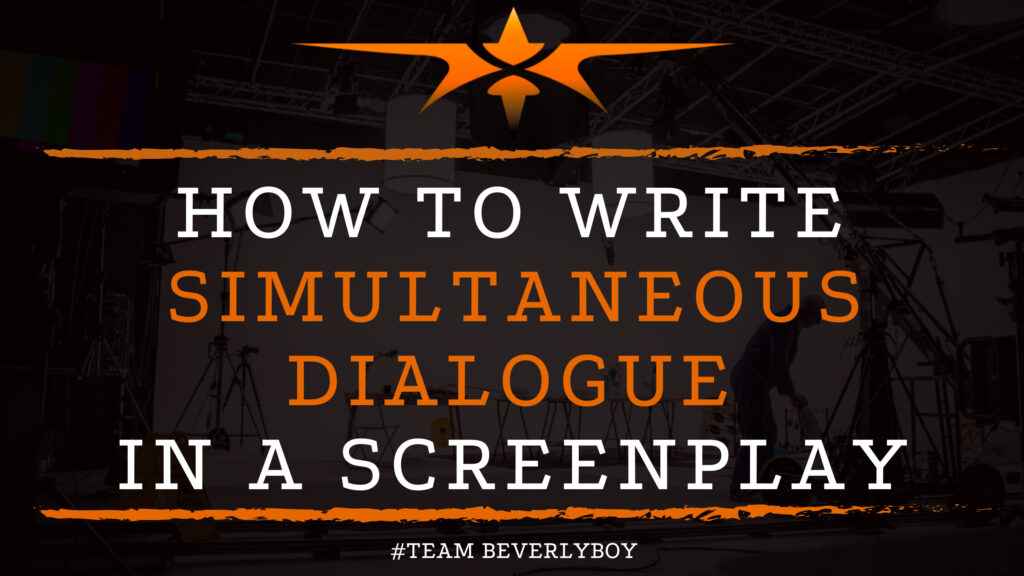
Not all dialogue is single sided or simple when it plays out, and the same is true for screenwriting. Learning how to write simultaneous dialogue in a screenplay is an important step for any screenwriter looking to enhance their dialogue and improve their screenwriting skills. How does a screenwriter denote that the dialogue taking place […]
How to Write Title Cards in a Screenplay
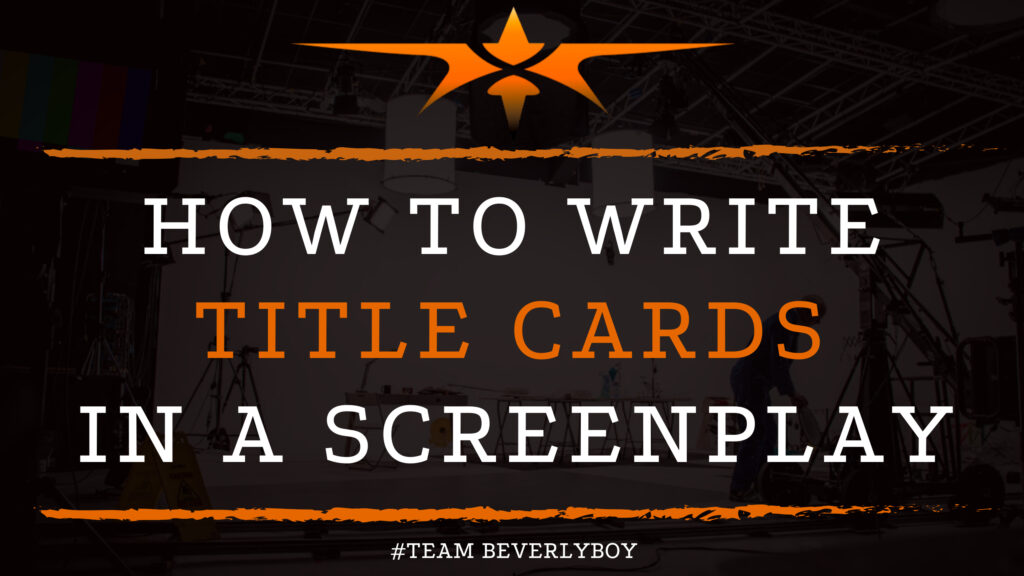
Learning how to write title cards in a screenplay is something that many screenwriters overlook at first. The opening credits, or title card sequence, represents a flash of information that generally then includes the display of the film creator’s names in an entertaining and interesting manner. The use of title cards was very common during […]
How to do Secondary Slug Lines in a Screenplay
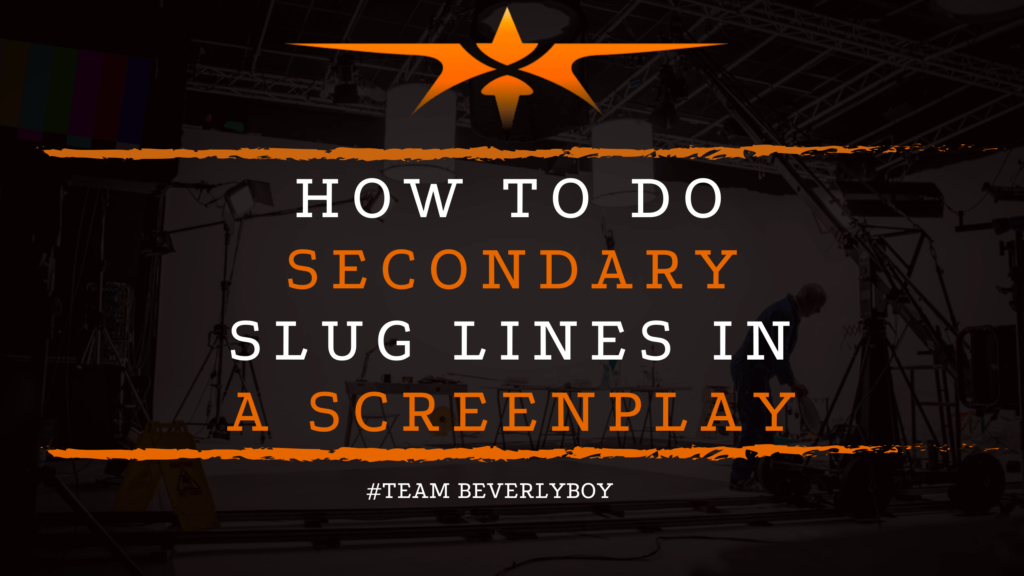
The use of scene headers, also known as slug lines, is very important in screenwriting. As it denotes the need for a particular camera setup during production setup. But despite the importance of these very basic headings. Many aspiring screenwriters are at a loss of exactly how to write them. And when to include them […]
How Long Should You Film for a Time Lapse?
How Long Should You Film for a Time Lapse? Figuring out how long to film for a time lapse video is something that even newly aspiring cinematographers must figure out at some point in their career. In fact, learning about time lapse video is an important technique. It can bring a cinematographer to the next […]
How to Write Flash Forward in a Screenplay
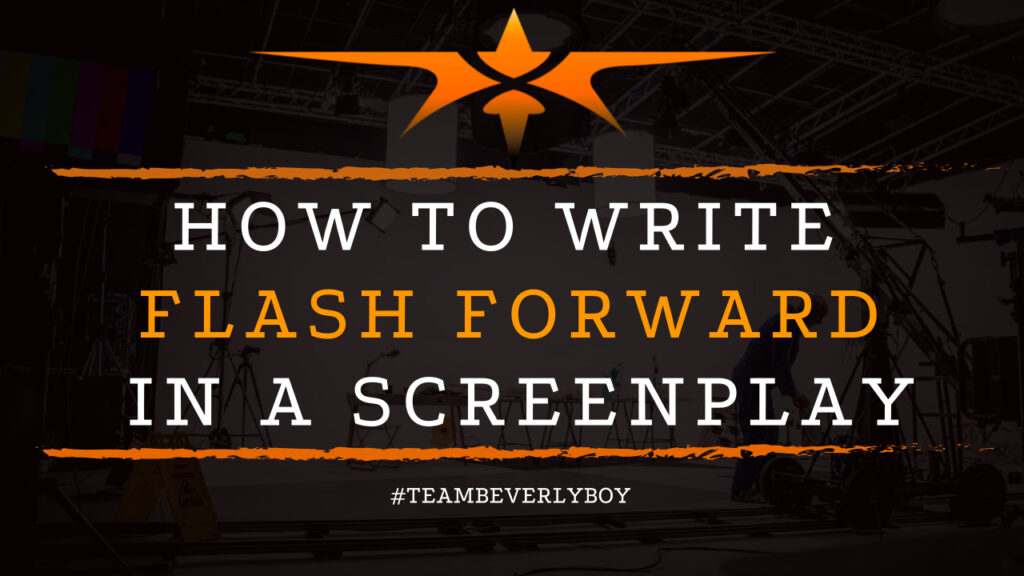
When writing a screenplay, the screenwriter has a number of literary devices at their disposal to help move the narrative forward in time. One of the more common devices that is incorporated into films is the flash-forward. Which can push the narrative along by giving the audience a glimpse into the future and revealing some […]
How to Write an Epilogue in a Film Script
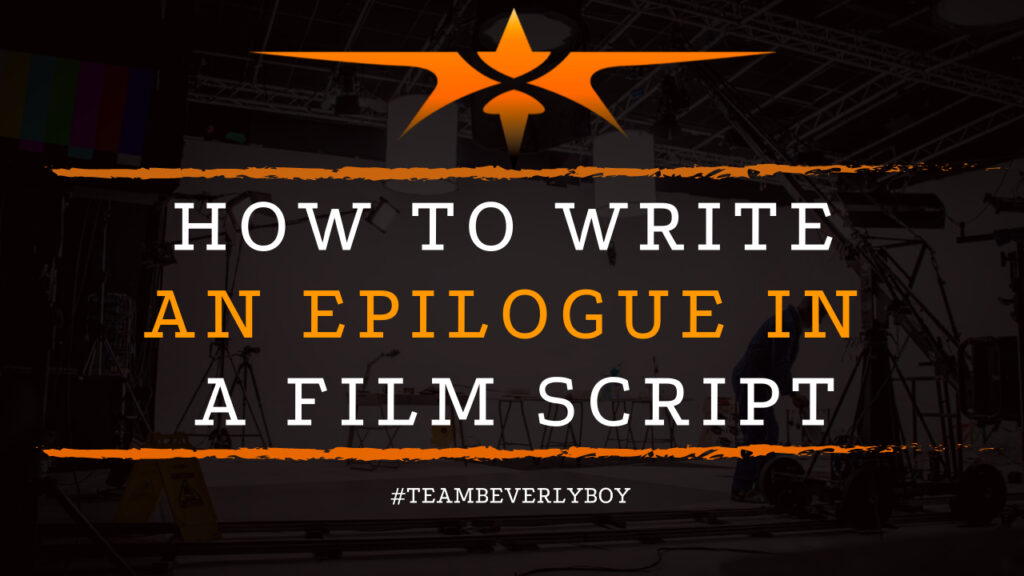
When writing a fiction screenplay, many filmmakers and screenwriters seek to perfect the process of learning how to write an epilogue in a film script. The epilogue is a useful literary device that can be incorporated into your screenplay to reveal the fate of your characters. While working to wrap up any loose ends that […]
How to Write a Narrative Script
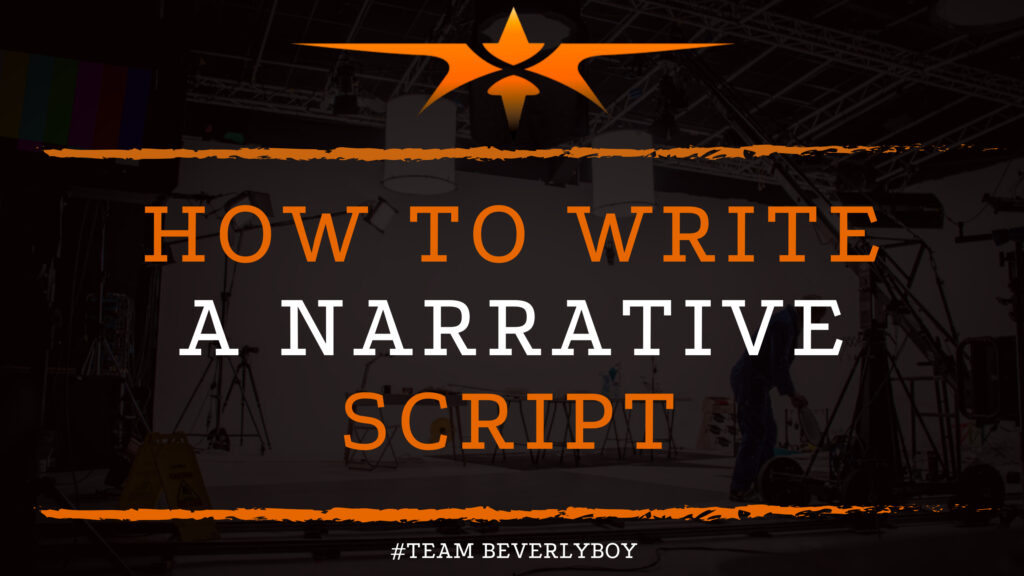
The use of narrative in a script, either as an entire narrative script, or as a voice over for a particular portion of a film is a common technique for screenwriters to use. Most filmmakers know that the inclusion of narrative in a script is important to the experience of the audience, but how the […]
How to Write a Dream Sequence in a Script
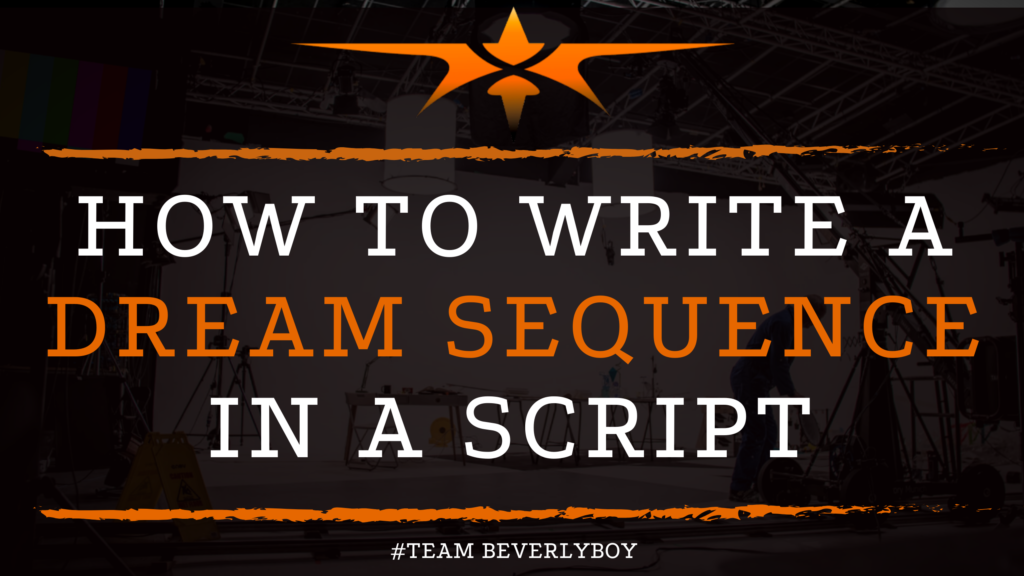
Writing a dream sequence into a script is one of the most common methods of indicating a flashback of information. Or a realization of events which have already occurred. Or which are likely to occur within the story. Just as in real life, dreams by their very nature, represent random bits of data or detail. […]
How to Write a Documentary Script
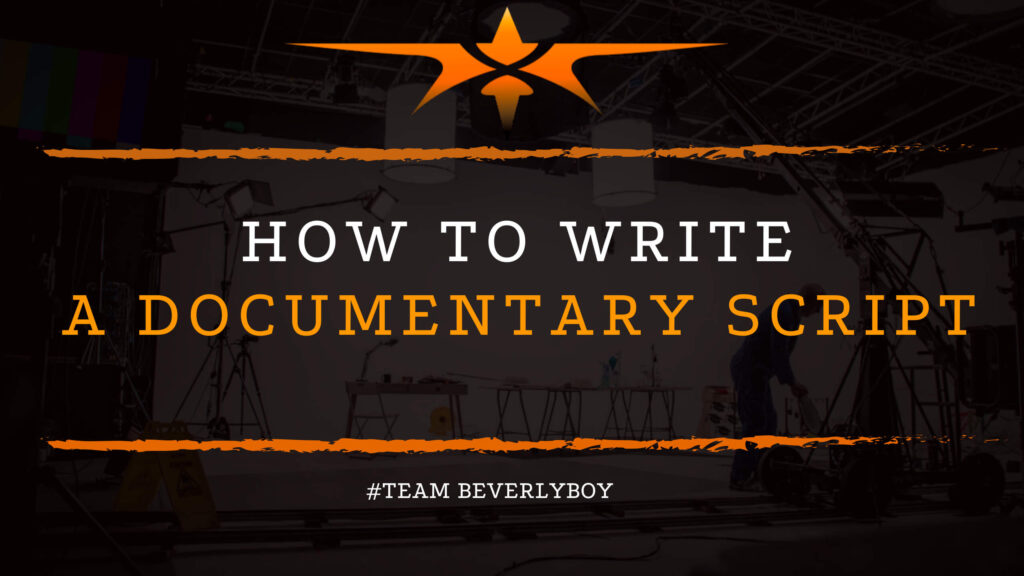
Documentaries are commonly filmed by novice and newly aspiring filmmakers. Largely because they provide such a fascinating opportunity to capture truth. While offering a unique opportunity to try various techniques and skills. Learning how to write a documentary script is something that many aspiring filmmakers approach early on in their careers. Writing and formatting a […]
How to Write Inner Monologue in a Script
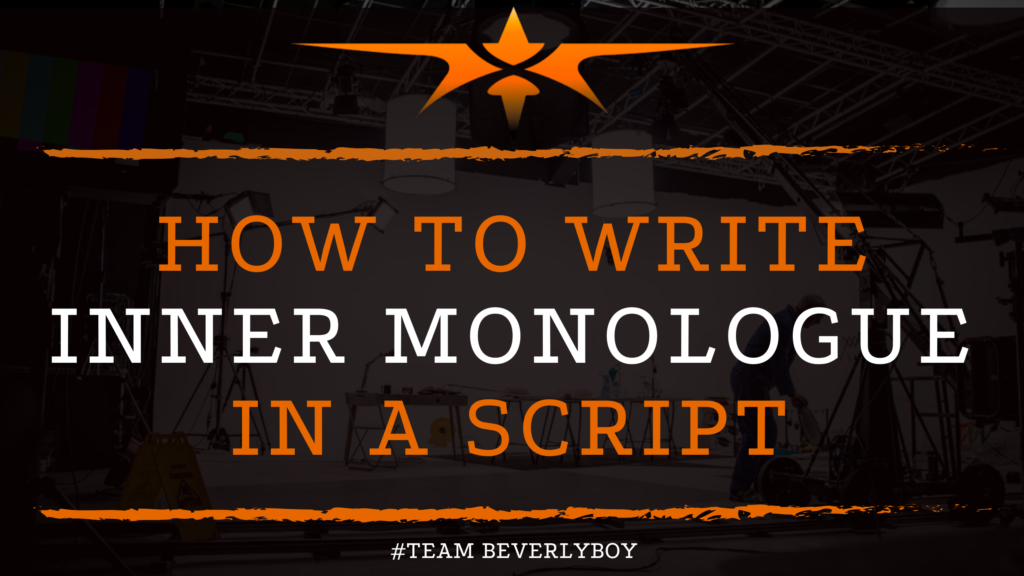
Inner monologue is commonly used to provide a direct look at the inner experience of characters in a film. It’s that internal voice, in the character’s head. That denotes what a character is thinking. And how their internal thoughts drive the story. The inner monologue is a character driven opportunity for the screenwriter. To convey […]
